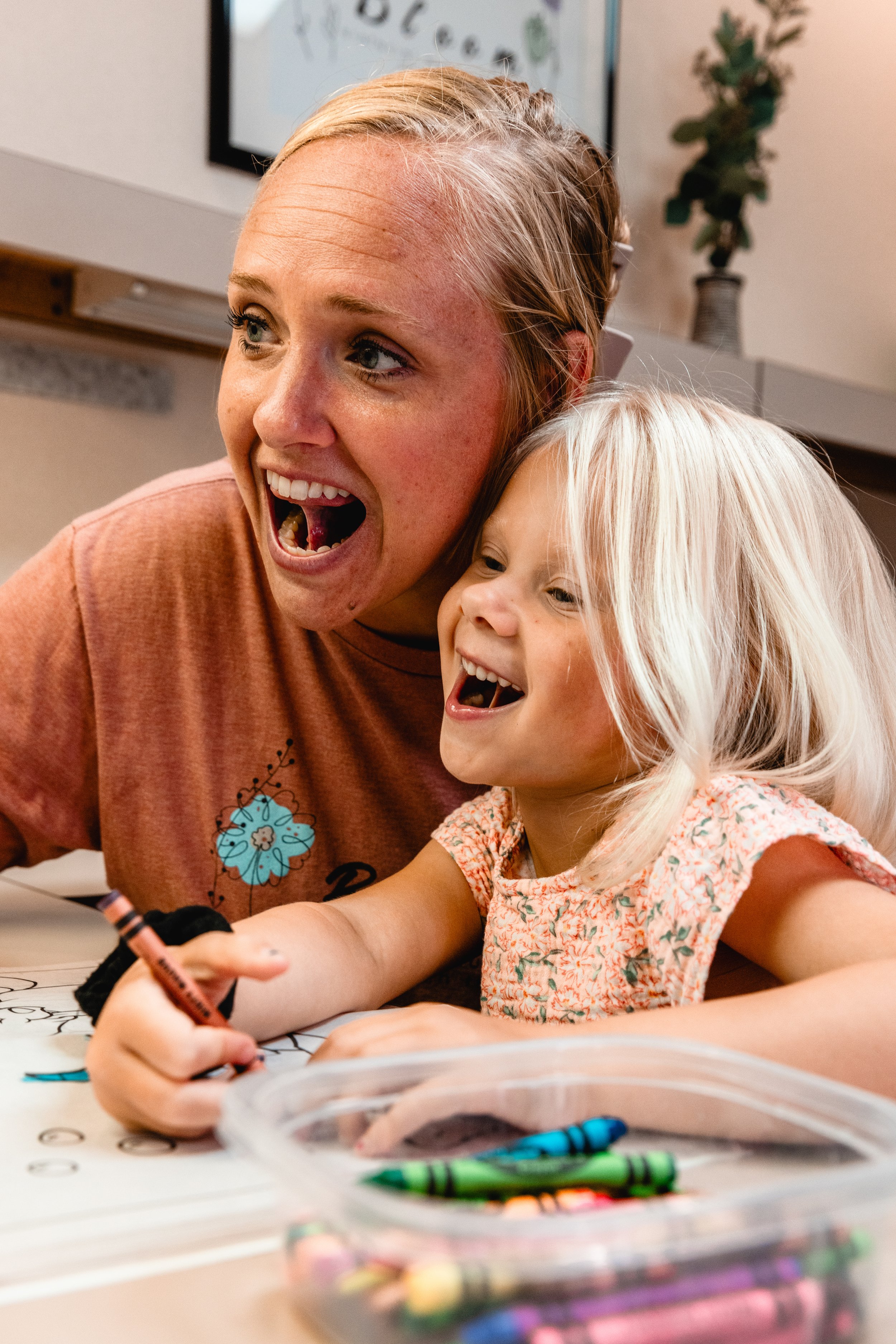The Bloom Method

-
This is a free phone conversation to help you determine if services would be a benefit to you.
-
Comprehensive evaluations are necessary to develop a plan to best fit your needs. This will include intake and patient history, formal observations, along with professional clinical judgement. Following the evaluation a detailed report and a treatment plan will be written based on the individual patient’s plan and goals for therapy.
-
After an evaluation is completed therapy sessions can begin and will follow the recommended treatment plan that was created. Recommended length and frequency of therapy sessions is based on each individual’s needs; typically ranging from 30-60 minutes 1-2 times a week. Consistent data will be taken during each session to monitor progress and make certain we are achieving your goals.
Additional therapy activities will be provided by the therapist for you to complete at home between therapy sessions to increase functional outcome and confidence to continue to bloom.

SPEECH-LANGUAGE
Will assist your child if they are:
not talking,
difficult to understand,
having difficulties interacting with others.
OROFACIAL MYOFUNCTIONAL
This is re-education of oral and facial muscles to promote optimal facial structure and airway. Signs of an orofacial myofunctional disorder:
difficulty nursing, eating, and/or drinking,
open mouth posture,
sleep disordered breathing/snoring,
tethered oral tissues,
prolonged oral habits,
has persistent speech sound errors despite therapy,
orthodontic relapse.
HABIT ELIMINATION
If your child has prolonged finger/thumb sucking despite your best efforts to change the behavior:
an extensive interview to determine if you and your child are ready to participate in a Habit Elimination program,
this therapy is proven most successful with patients 5 years of age or older.
